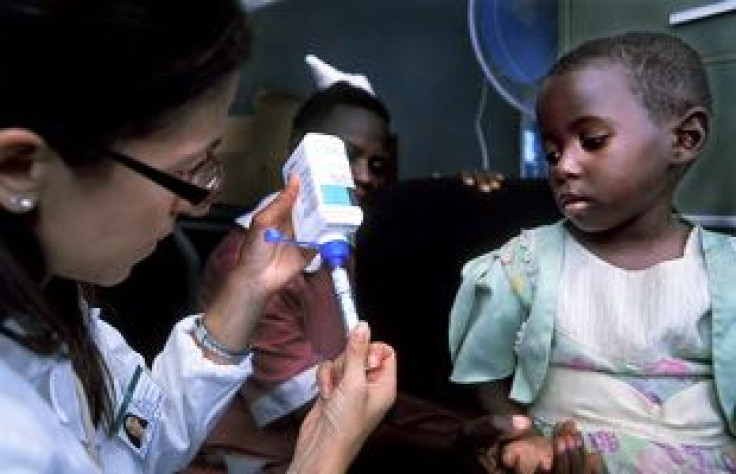Combination Anti-HIV Drugs May Protect Children Against Heart Damage

A type of anti-HIV combination drug treatment known as highly active antiretroviral therapy (HAART) may protect children born infected with HIV from heart damage, suggests a new National Institutes of Health (NIH) study.
Before the now widely used combination HIV drug therapy was available, children with HIV often developed chronic heart disease and structural abnormalities. In the 1990s, heart failure was the cause of death for a quarter of children with HIV who died after age 10, according to the new study.
As part of the Pediatric HIV/AIDS Cohort Study (PHACS), a research team led by Dr. Steven E. Lipshultz of the University of Miami Miller School of Medicine decided to investigate how combination anti-HIV drug therapies like HAART affected children's heart function. The results were published today in JAMA Pediatrics.
"We know that before today's robust treatments were available, HIV-positive children were more likely to have heart infections and inflammation; many also died from heart failure," said Dr. Lipshultz in an NIH news release. "This research followed a rigorous protocol, and the findings suggest that HAART, in addition to being good for treating HIV, does not appear to adversely affect the heart's function."
Between 2007 and 2009, Lipshultz's team enrolled 678 HIV-infected and uninfected children between the ages of 7 and 16, in order to examine their heart structure and function with echocardiography, which uses sound waves to produce images of the heart. They compared the results with a previous study on HIV-infected children conducted in the 1990s, called the Pediatric Pulmonary and Cardiovascular Complications of Vertically Transmitted HIV Infection (P2C2-HIV) Study.
The HIV-infected children in the new study had taken anti-HIV drugs for at least twice as much time as those in the P2C2-HIV Study- about 80 percent of them were on HAART for at least five years, compared to only 17 percent of those in the older group who had received any HAART treatment.
Echocardiograms of the two groups revealed that only 4 percent of children in the newer sample had any heart damage, compared to 45 percent of those in the P2C2-HIV Study who had enlarged hearts or other damage.
In addition, HIV-infected children on HAART in the current study had hearts that were only slightly less healthy than their peers without HIV.
The results indicate that long-term HAART treatment "appears to be cardioprotective in HIV-infected children and adolescents," wrote the researchers, though it's still unclear how HAART affects their long-term cardiac health.



























